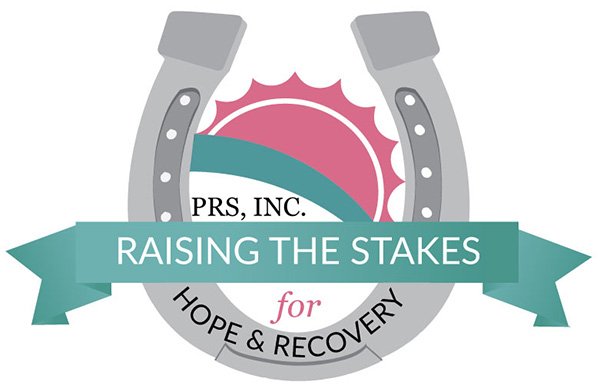The previous two editions of the GRDD Law newsletter discussed the termination and dissolution of Virginia corporations and limited liability companies (LLC) (both referred to as “entities”). As discussed in those articles, the Virginia State Corporation Commission (SCC) will automatically terminate an entity’s corporate existence if the entity fails to pay its annual registration fees. This edition of the newsletter discusses the potential personal liability of the owners and managers of an entity that is so terminated.
Upon the termination of an entity, whether voluntary or involuntary, individuals who enter into agreements, commit negligent acts, or take any actions on behalf of the terminated entity can be held personally liable for resulting debts, liabilities and obligations created by such actions. This personal responsibility is different than the legal principle of “piercing the corporate veil”, because a terminated entity has no legal existence to pierce. Once the entity is terminated, the individual or individuals who are conducting business in the name of the entity are deemed to be sole proprietors or a partnership, as the case may be.
Notwithstanding the foregoing, Virginia law permits entities that have been automatically terminated by the SCC to “reinstate” their corporate existence within five (5) years of the termination by filing an application with the SCC and paying a reinstatement fee.
This brings us to the question posed by this article – following a reinstatement, do the owners/managers of the entity remain personally liable for the debts, obligations, and liabilities of the entity incurred during the period of termination?
Luckily for business owners, the answer is “no”. For both corporations and limited liability companies, if the entity is properly reinstated, then the corporate existence of the entity is deemed to have continued from the date of termination as if the termination had never occurred. Any liability incurred in the name of the entity after the termination and before the reinstatement is also deemed to be a liability of the entity, as if the termination of the corporation’s existence had never occurred. See Virginia Code § 13.1-754 for corporations, and Virginia Code § 13.1-1050.4 for limited liability companies.
In summary, allowing an entity to terminate could result in personal liability to the owners and managers, but this problem can be resolved by a timely reinstatement. However, once the entity is terminated, the name of the entity will become available to the public. If another person registers a new business entity with the same name following your entity’s termination and prior to reinstatement, the SCC will reject the reinstatement of your entity pending a required name change. That is just one of many problems that could result by allowing your entity to lapse.
Gross, Romanick, Dean & DeSimone, P.C. helps its registered agent clients avoid automatic termination by promptly delivering annual fee statements with clear instructions for paying the fees owed, and by following up prior to the termination date as may be necessary. The firm also assists clients with reinstatement applications and many other corporate and business needs. Please consider GRDD Law for all of your business legal matters, including acquisitions, reorganizations, employment issues, landlord/tenant matters, litigation and debt collection.

